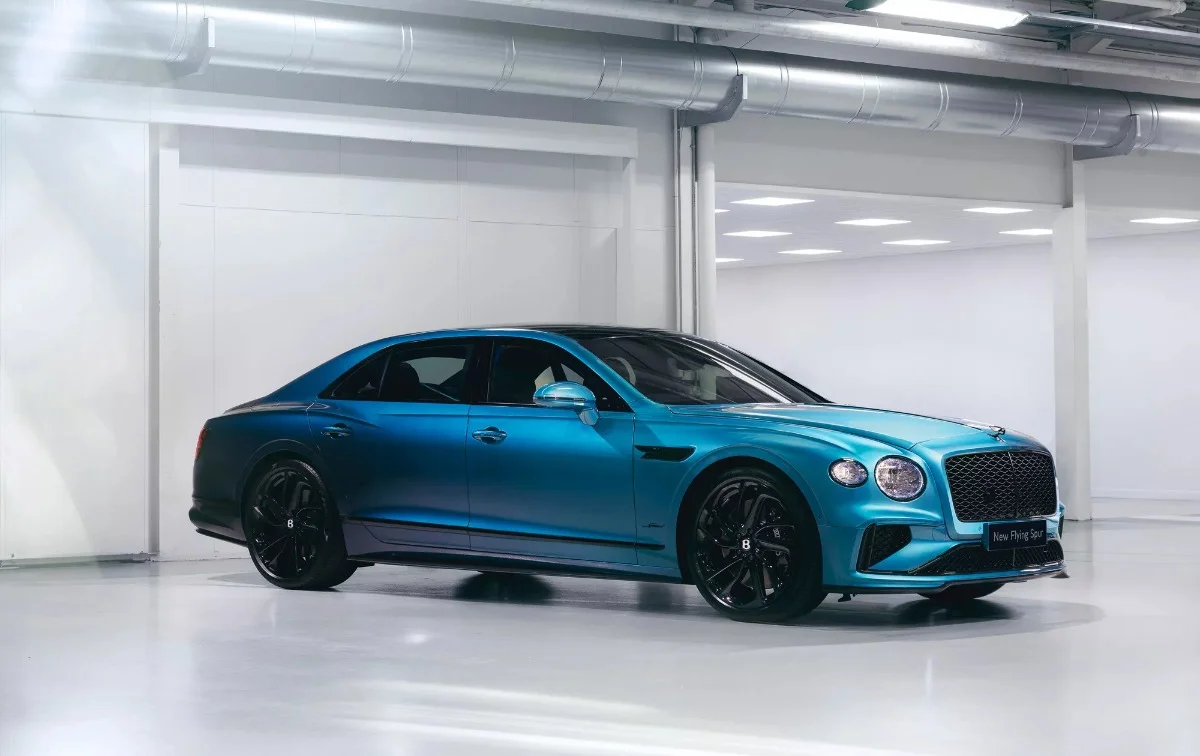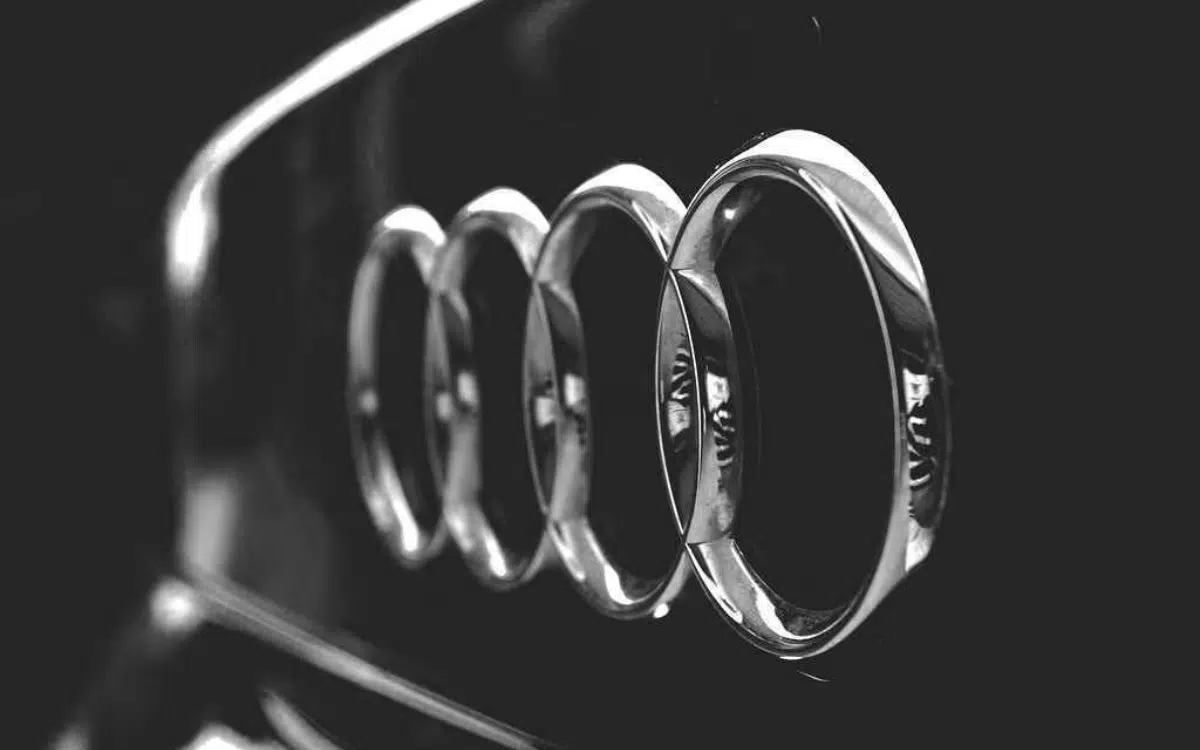Remember those fake engine sounds on Pimp My Ride, modern BMWs are literally doing the same thing
BMW engine noise is now delivered through fake engine sounds, borrowing a move straight from Pimp My Ride. The system responds to throttle input, gear changes, and driving modes to simulate mechanical feedback inside the cabin. BMW isn’t alone in doing this, with similar technology appearing across a wide range of models from other major […] The post Remember those fake engine sounds on Pimp My Ride, modern BMWs are literally doing the same thing appeared first on Supercar Blondie.
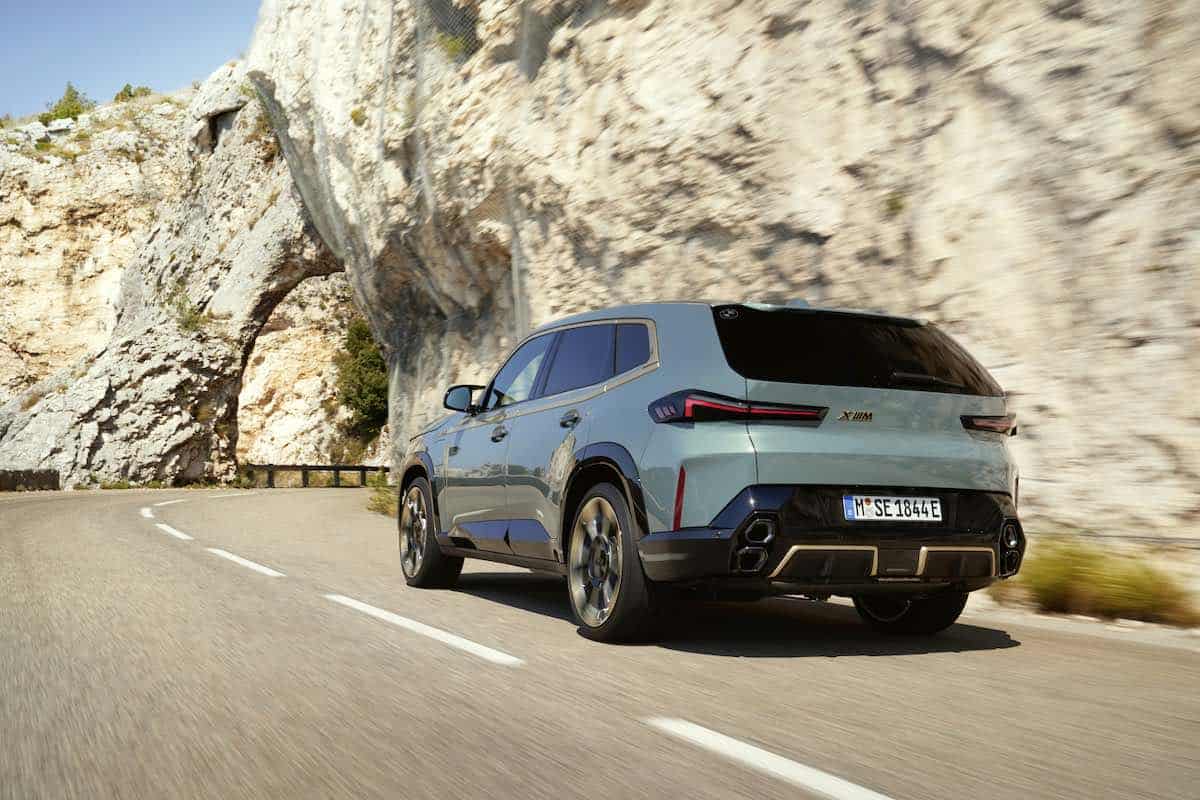
BMW engine noise is now delivered through fake engine sounds, borrowing a move straight from Pimp My Ride.
The system responds to throttle input, gear changes, and driving modes to simulate mechanical feedback inside the cabin.
BMW isn’t alone in doing this, with similar technology appearing across a wide range of models from other major brands.
The result is a driving experience that mirrors old gas cars, even if the sounds behind it are completely manufactured.
VISIT SBX CARS – View live supercar auctions powered by Supercar Blondie
More manufacturers are using fake exhaust sounds now
BMW’s Active Sound Design software generates fake engine sounds based on throttle input, gear changes, and selected drive modes.
The BMW engine noise plays through the vehicle’s existing speaker system and is especially noticeable in M performance models and hybrids.
These are cars where the natural engine noise has been dampened by turbocharging or interior sound insulation.
The idea behind fake engine sounds isn’t new. Volkswagen introduced the Soundaktor in 2011 to give the Golf GTI more presence inside the cabin.
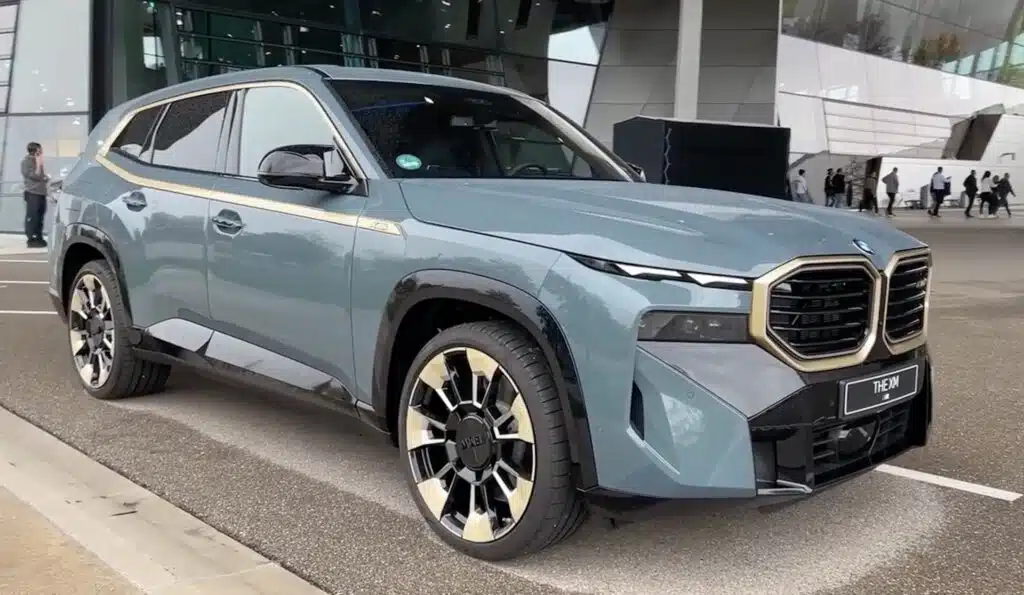
The speaker-based system was designed to make up for reduced engine volume.
Audi, Porsche, and Ford later introduced similar systems.
The same kind of setup appeared years earlier on Pimp My Ride, where cars were fitted with subwoofers or hidden speakers to fake engine noise or exaggerate performance.
One episode featured a Honda Civic with exhaust-mounted speakers that played V8 sounds at the push of a button.
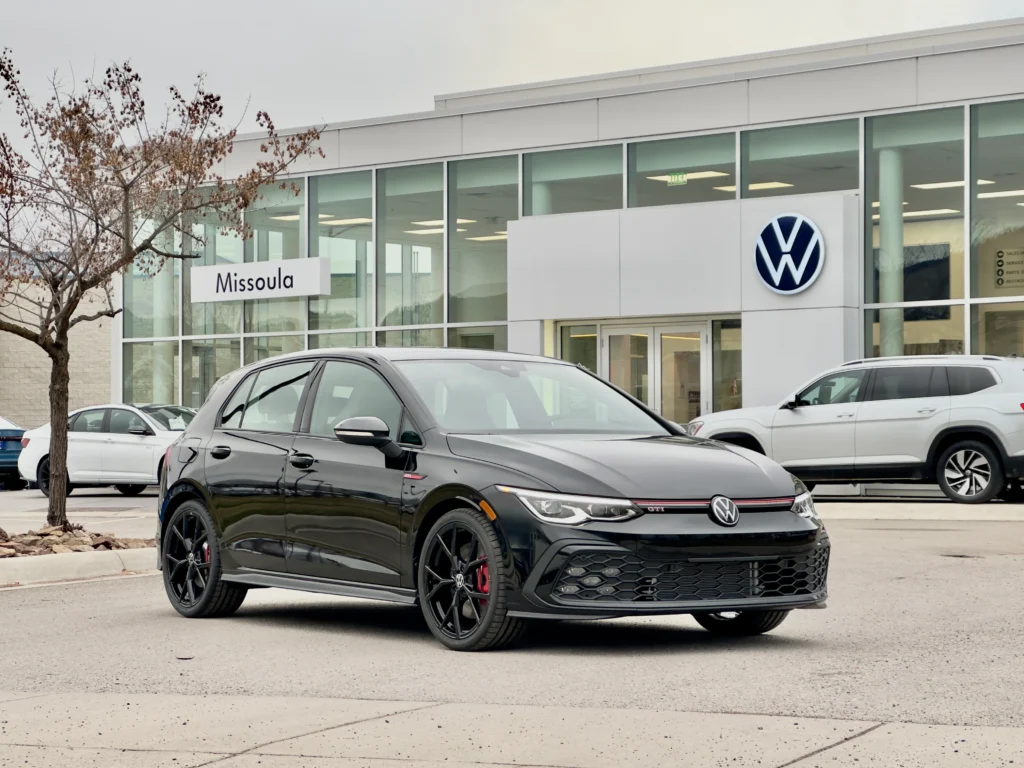
It was treated as a joke at the time, but the concept isn’t far from what many manufacturers now install by default.
The logic is simple. Cars have become quieter, and with that comes a loss of the audio cues many drivers are used to.
BMW engine noise no longer tells the full mechanical story, so the software fills in the gap.
The company positions this as part of the experience, but it’s not something drivers can fully opt out of in most models.
Why do we need fake engine sounds?
In electric cars, fake engine sounds also serve a regulatory purpose.
Many countries now require EVs to emit exterior noise at low speeds to warn pedestrians.
These rules have made artificial sound a legal requirement, not just an audio feature.
Inside the cabin, the approach is more about perception.
Without any engine vibration or feedback, long drives in an EV can feel detached.
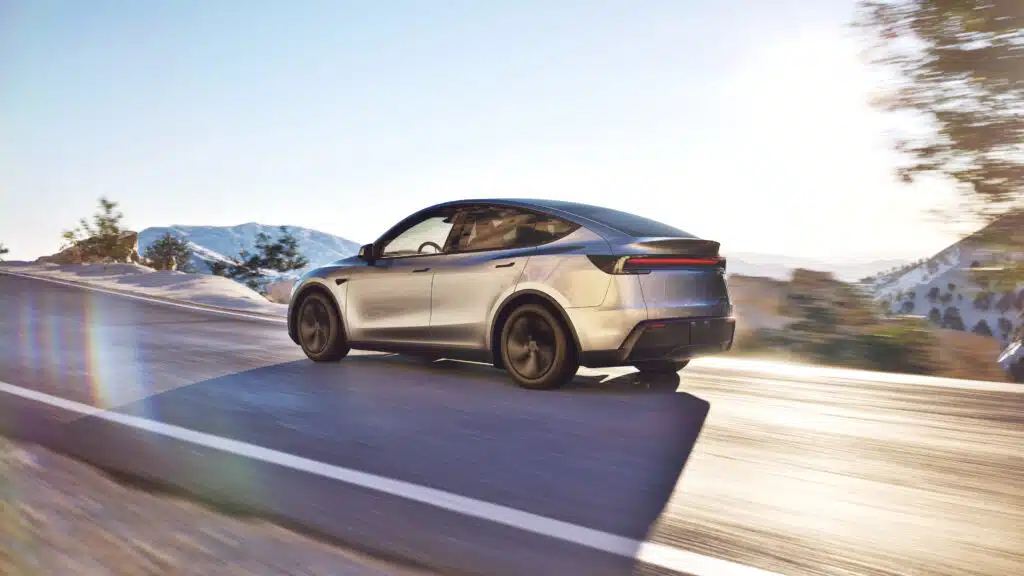
Some manufacturers use fake engine sounds to help drivers feel more connected or alert, even though nothing mechanical is actually happening.
It’s a controlled experience, designed to simulate the feedback cars once produced naturally.
BMW isn’t alone. Hyundai, Dodge, and Mercedes-Benz have all implemented variations of this system, and some brands allow users to customise how aggressive or muted the sound is.
What started as a novelty on shows like Pimp My Ride is now an embedded part of mainstream automotive design. The sound might be fake, but the trend is very real.The post Remember those fake engine sounds on Pimp My Ride, modern BMWs are literally doing the same thing appeared first on Supercar Blondie.
What's Your Reaction?








